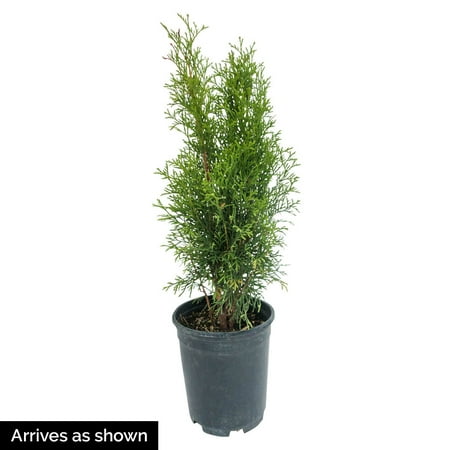Easiest evergreen trees to grow – 5 reliable species for year-round greenery
Whether used as hedge planting or as specimen trees, these species will maintain interest during every season


Evergreen trees retain their leaves all year round, adding greenery to borders and pots in every season. There are many popular evergreen tree species, including conifers and magnolias, which can be relied upon to provide year-round structure and color to any space.
As a former professional gardener, I have planted, grown, and cared for lots of different evergreen trees, and whatever the size or shape of your plot, I know that incorporating evergreens is important when designing and landscaping a yard. After all, no one wants to look out of their window during December or January and see bare soil and empty brown borders.
So, while you might already grow some of the easiest evergreen shrubs, why not think about going one step further and adding a tree or two to your plot? Here, I reveal some of the easiest evergreen trees that are versatile and resilient and make for low-maintenance additions to any space.
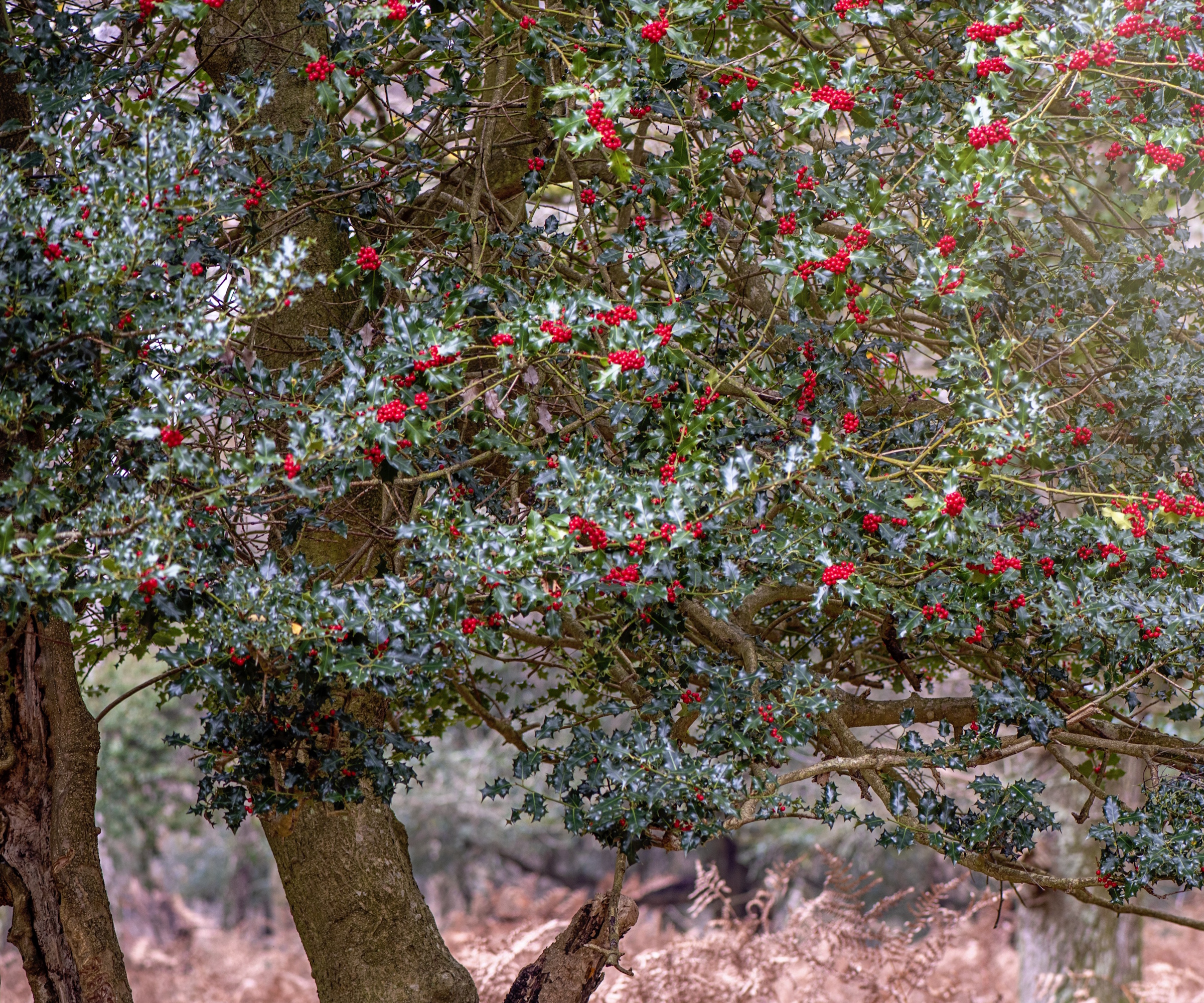
5 of the easiest evergreen trees to grow
When landscaping with evergreens, always select species that are best suited to your US hardiness zone. For example, if you reside in a warm or humid region, in US hardiness zone 9 for example, you could get away with growing an evergreen palm tree that would struggle in a colder location.
Making sure you are planting the right plant for your zone will ensure that your trees thrive. Here are five of the easiest evergreen trees that will make an impact wherever they are planted.
1. Thuja
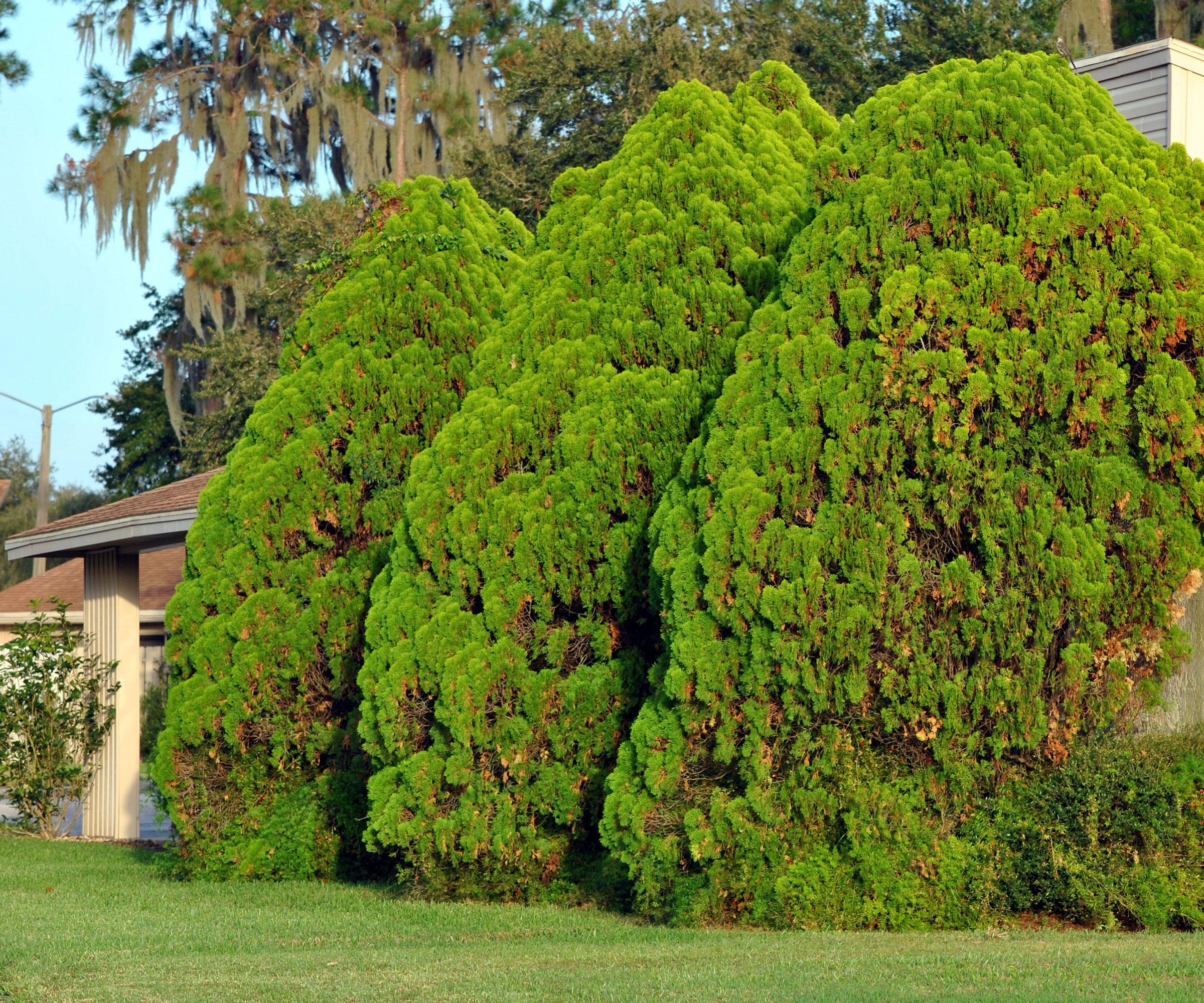
'If you are looking for some of the easiest evergreen trees, I can highly recommend the classic arborvitae, otherwise known as thuja,' says Alex Kantor, owner of Perfect Plants Nursery. Thuja 'Green Giant' live plants are available from Perfect Plants.
'These are terrific evergreens,' Alex continues, growing best in US hardiness zone 5 to zone 9. 'They prefer full sun but will grow in part shade too, thriving in well-drained soil.
'They can reach up to 40 feet tall, so regular pruning will be required when growing in the ground. Alternatively, you can grow them in pots for a more compact, controllable evergreen tree.'
As Alex says, for smaller yards, thuja are some of the best trees to grow in pots. Opt for a dwarf variety, such as ‘Thin Man’ or 'Danica' which will keep a compact shape and require less pruning.

Alex has worked in the horticultural industry for over 20 years and grew up on the farm since his childhood years. Alex is an expert on landscape trees, shrubs, and indoor plants. He is passionate about growing and helping others learn the trade.
2. Strawberry Tree
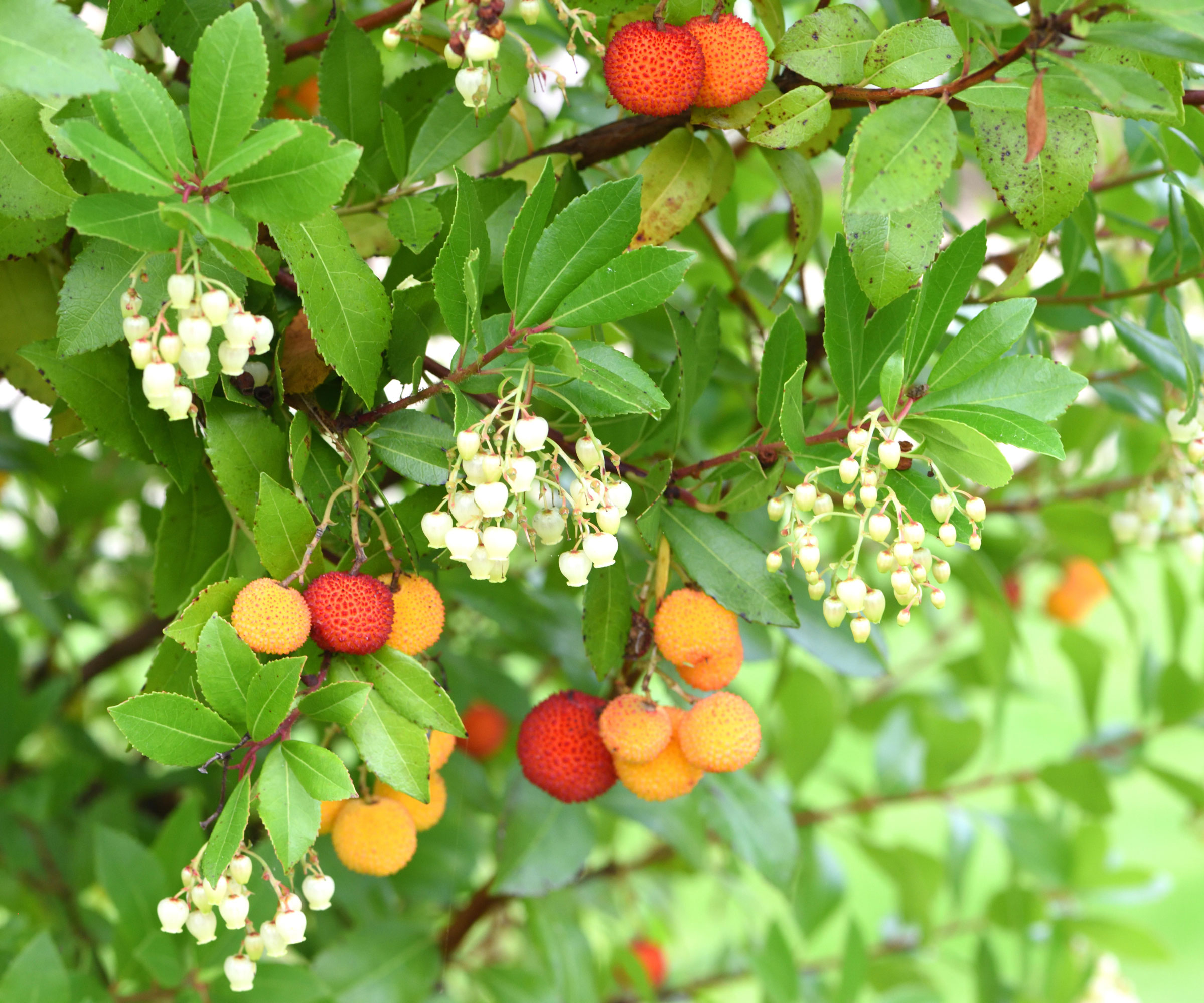
Arbutus unedo, or the strawberry tree, is a fast-growing tree with evergreen foliage. This native plant originates in the Mediterranean, but today can be sourced from plant nurseries worldwide, growing best from US hardiness zone 7 to zone 10.
Named for the red fruits that the tree produces in late summer and early fall, this evergreen tree is a sun worshipper, so positioning them in bright and open spots is best. Sadly, while edible, the fruits are not quite as tasty as common strawberries you might be growing in the kitchen garden.
I previously cared for a large Arbutus unedo specimen when working in London, and while easy to care for, they can grow as tall as 26 feet, so some pruning might be required for smaller spaces. They also do well when grown in pots, and would do well when grown on balconies.
Arbutus unedo, or strawberry trees, are available to order from Amazon.
![Miracle-Gro Mg86205 General Utility Gloves – [small/medium], Synthetic Leather Padded Palm Gloves, Spandex Back, Adjustable Hook and Loop Wrist](https://cdn.mos.cms.futurecdn.net/nTAeAiC8a2MyyhZSnu3uAT.jpg)
These gardening gloves will keep you hands safe when pruning evergreen trees in your yard.
3. Juniper
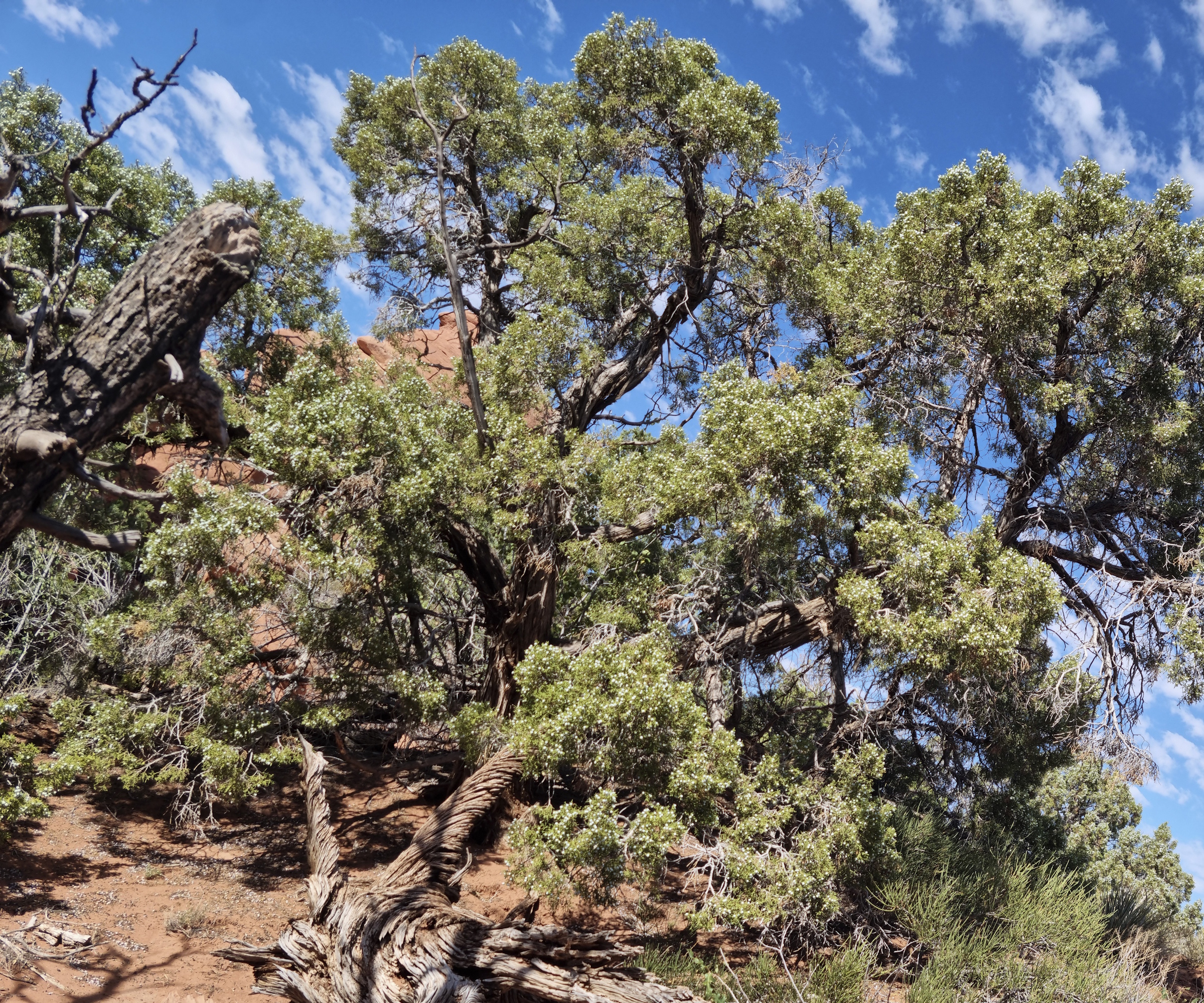
For a scented evergreen tree for gardens, consider adding a juniper to your yard. 'One superb option is Juniperus chinensis, otherwise known as the Chinese juniper,' says Alex Kantor. 'Native to China and Japan, this species is hardy down to US hardiness zone 5.' Chinese junipers are available from Perfect Plants.
'While you might think of pines or conifers as a little boring, they are some of the easiest evergreen trees to grow, both as specimen plants or hedging,' Alex adds. 'What's more, junipers are famed for their fragrance, and make for fragrant hedge plants in front and back yards.'
There are many different varieties of junipers that you can grow, including evergreen creeping junipers, dwarf varieties as well as larger trees. Most prefer at least four to six hours of sunshine each day, so position them in open borders if possible.
If you are looking for a unique option, try growing this 'Wichita Blue' juniper, available from Amazon, which has an unusual silver-blue coloring.
4. Holly
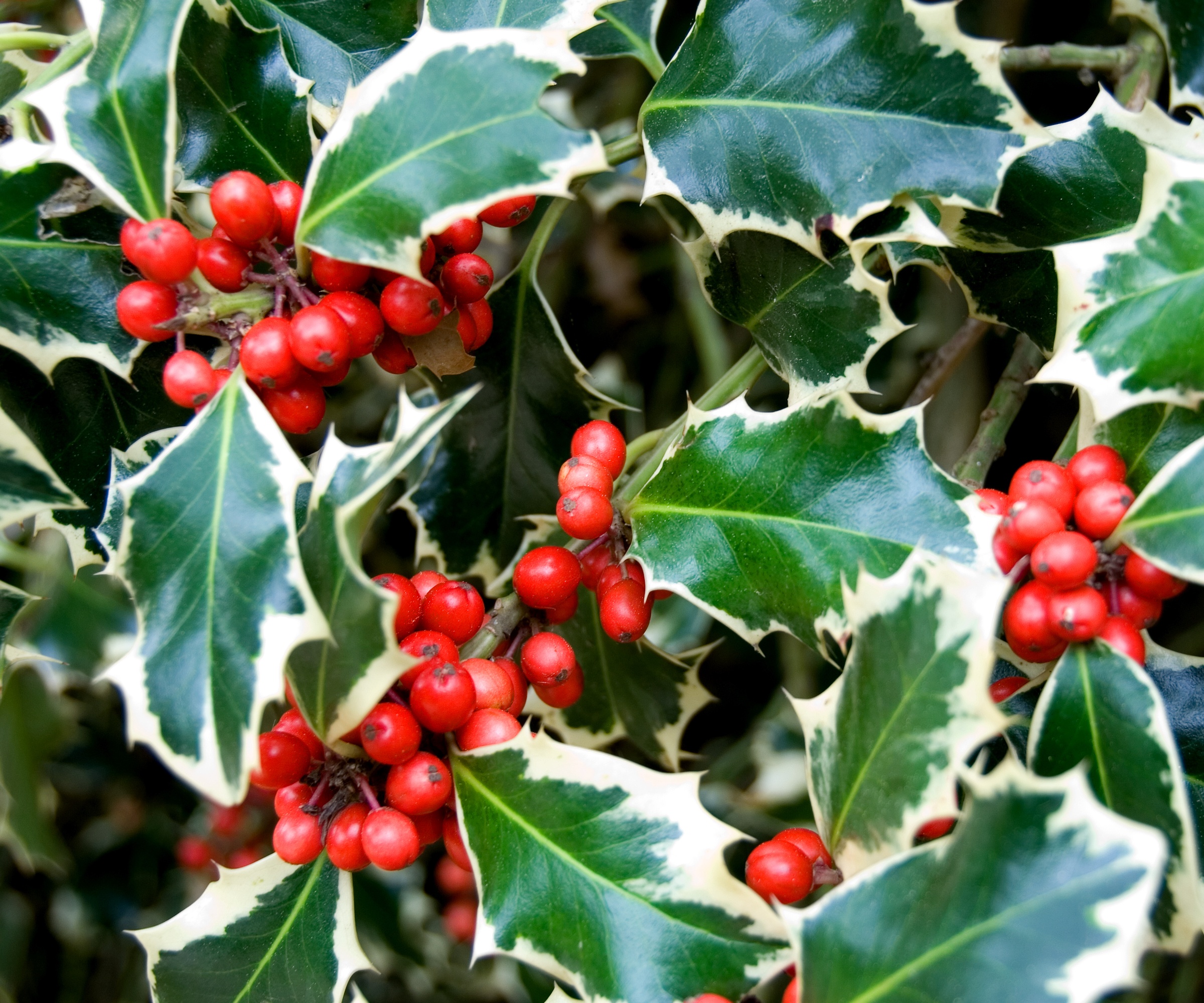
Learning how to grow holly is relatively straightforward, as these are some of the easiest evergreen trees and shrubs to plant. Most holly trees do best with at least three or four hours of sunshine each day, helping them to produce lots of fruit in the winter months.
Try growing the American holly, or Ilex opaca for a hardy, evergreen option. This native plant can be grown down to zone 5, and will eventually reach a height of 50 feet. This species has a naturally conical or pyramidal shape, making it an attractive option for a feature tree in any yard.
American holly trees are available from Amazon.
5. Magnolia
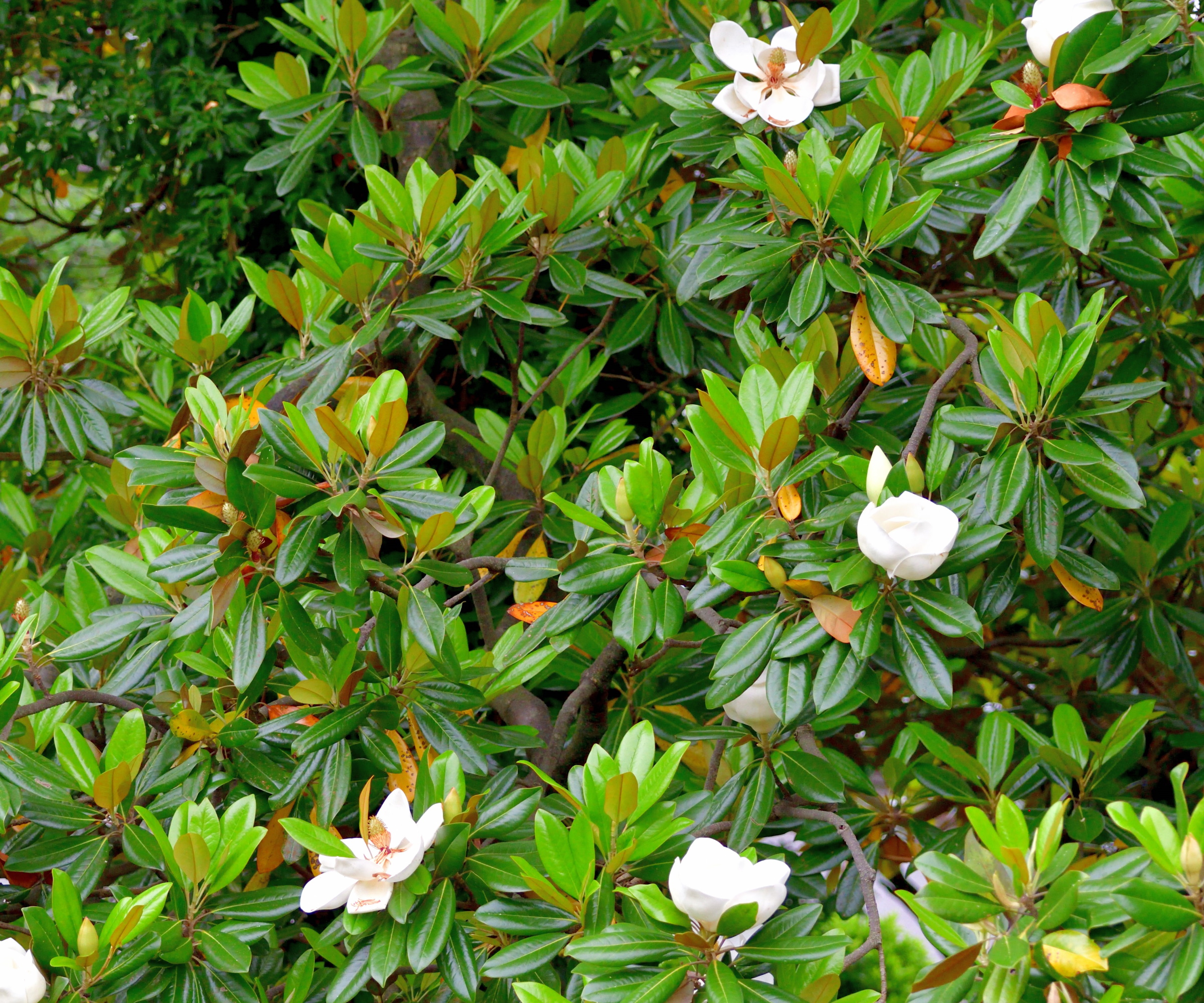
Magnolia are another evergreen option that are perhaps some of the best fragrant trees, producing a sweet floral scent when blooms emerge. In terms of how to grow magnolia trees, these popular plants tend to do best in full sun or part shade, depending on the climate. If you reside in cooler, northern regions, planting in full sun is your best option.
If you are looking to create a native landscape this year, why not try growing the evergreen Magnolia grandiflora, otherwise known as the southern magnolia? This species can be grown down to zone 7 and is found in the southeastern US and across the Atlantic and Gulf Coasts.
Be warned, however, that this species can reach up to 80 feet tall without regular maintenance, and so would be a tree to avoid planting close to a house. Growing in a container would help to restrict the size of this native tree.
Magnolia grandiflora varieties are available to order from Perfect Plants.
FAQs
Are eucalyptus trees evergreen?
Eucalyptus trees are native to Oceania, with many found growing across Australia and New Zealand. There are approximately 700 species of eucalyptus, and while it will vary from tree to tree, most are indeed evergreen. Many can prove problematic when planted in small backyards, known to be vigorous growers that can quickly get out of control. For an unusual option, consider growing the rainbow eucalyptus, for otherwordly multicolored bark.
Whatever evergreen trees you decide to grow in your yard, remember to water them consistently during the first year as they settle into your yard and establish a root system. Planting of trees is usually done in the fall or spring months, avoiding any times when the temperatures look set to soar or plummet.
For more plant inspiration, see our guide to some of the best evergreen ferns to grow this year, helping you to create a green understory beneath your evergreen trees.
Sign up to the Homes & Gardens newsletter
Design expertise in your inbox – from inspiring decorating ideas and beautiful celebrity homes to practical gardening advice and shopping round-ups.

Thomas is a Content Editor within the Gardens Team at Homes and Gardens. He has worked as a professional gardener for both public spaces and private estates, specializing in productive gardening, growing food and flowers. Trained in Horticulture at the Garden Museum, he has written on gardening and garden history for various publications, including The English Garden, Gardens Illustrated, Hortus, The London Gardener and Bloom. He has co-authored a Lonely Planet travel book, The Tree Atlas, due out in 2024.
-
 Courtney Love's historic loft combines rock star luxury with raw New York bones – it's on the market for almost $9.5 million
Courtney Love's historic loft combines rock star luxury with raw New York bones – it's on the market for almost $9.5 millionThe singer's former SoHo home features exposed brick walls, original wooden columns, a gas fireplace, and high ceilings – take the tour
By Hannah Ziegler
-
 Triangular shaped garden ideas – landscape designers share 9 ingenious ways to redesign your corner plot
Triangular shaped garden ideas – landscape designers share 9 ingenious ways to redesign your corner plotExpert tips for planning, planting and finessing a triangular shaped plot, so you can savour the space year round
By Jill Morgan
-
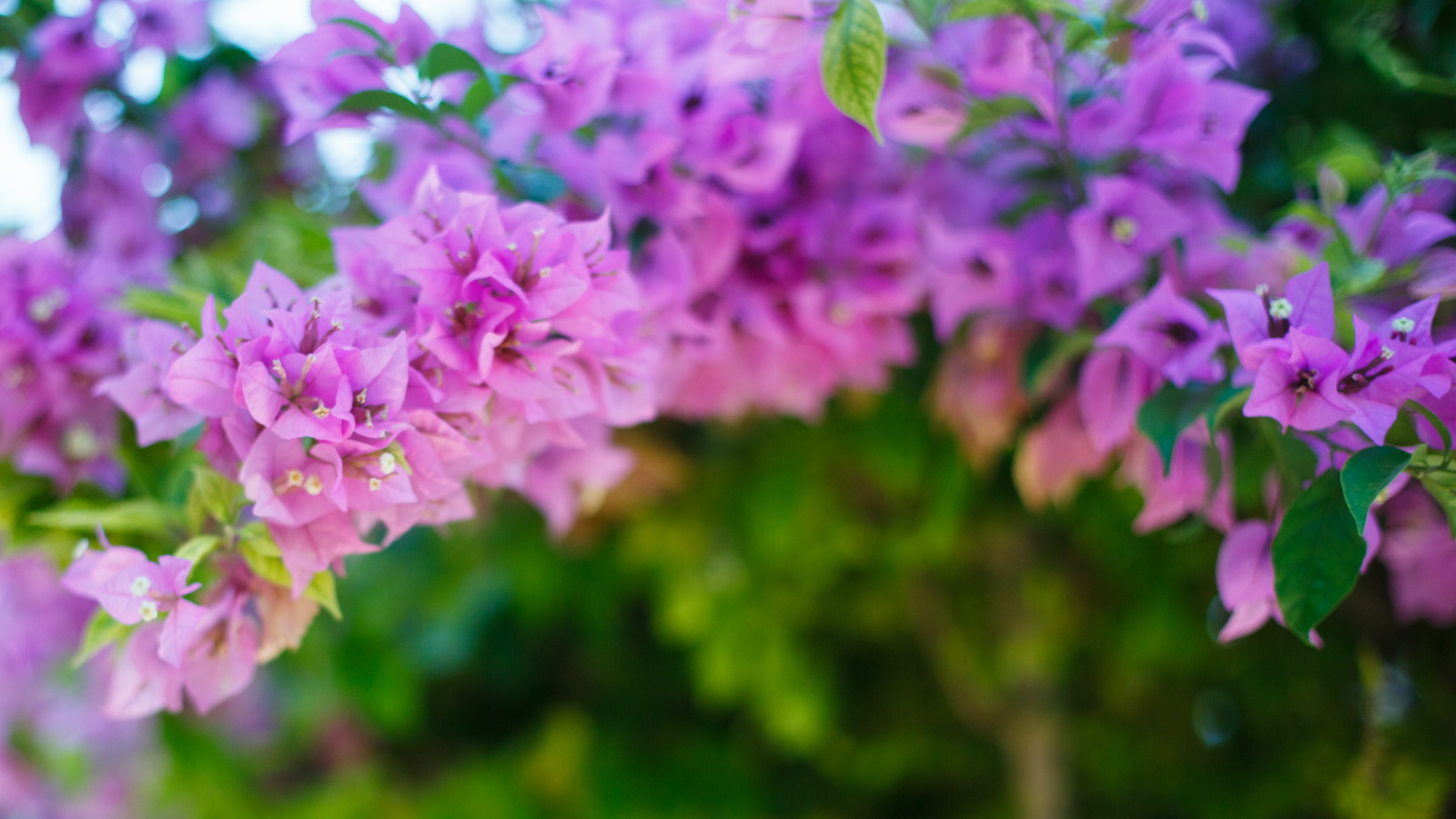 Best climbers to grow in pots – 5 easy-to-grow vines that will transform small spaces with vibrant color
Best climbers to grow in pots – 5 easy-to-grow vines that will transform small spaces with vibrant colorMake the most of small terraces, patios and balconies by filling pots with colorful climbers
By Thomas Rutter
-
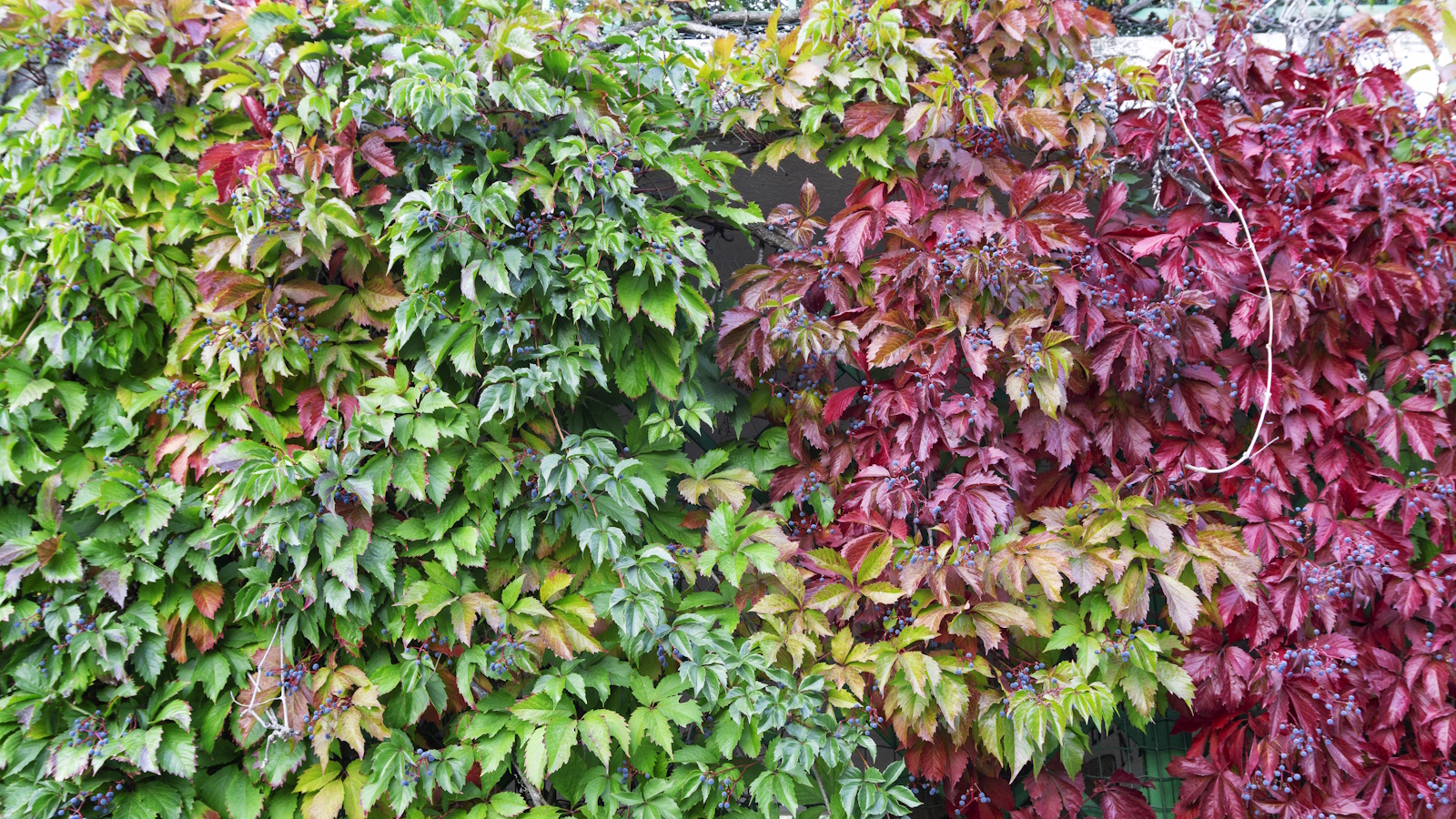 How to grow Virginia creeper – it may divide opinion, but this fast-growing, shade-tolerant vine will cover walls and fences in record time
How to grow Virginia creeper – it may divide opinion, but this fast-growing, shade-tolerant vine will cover walls and fences in record timeIf you are looking for spectacular fall color, Virginia creeper is the climbing plant to grow
By Thomas Rutter
-
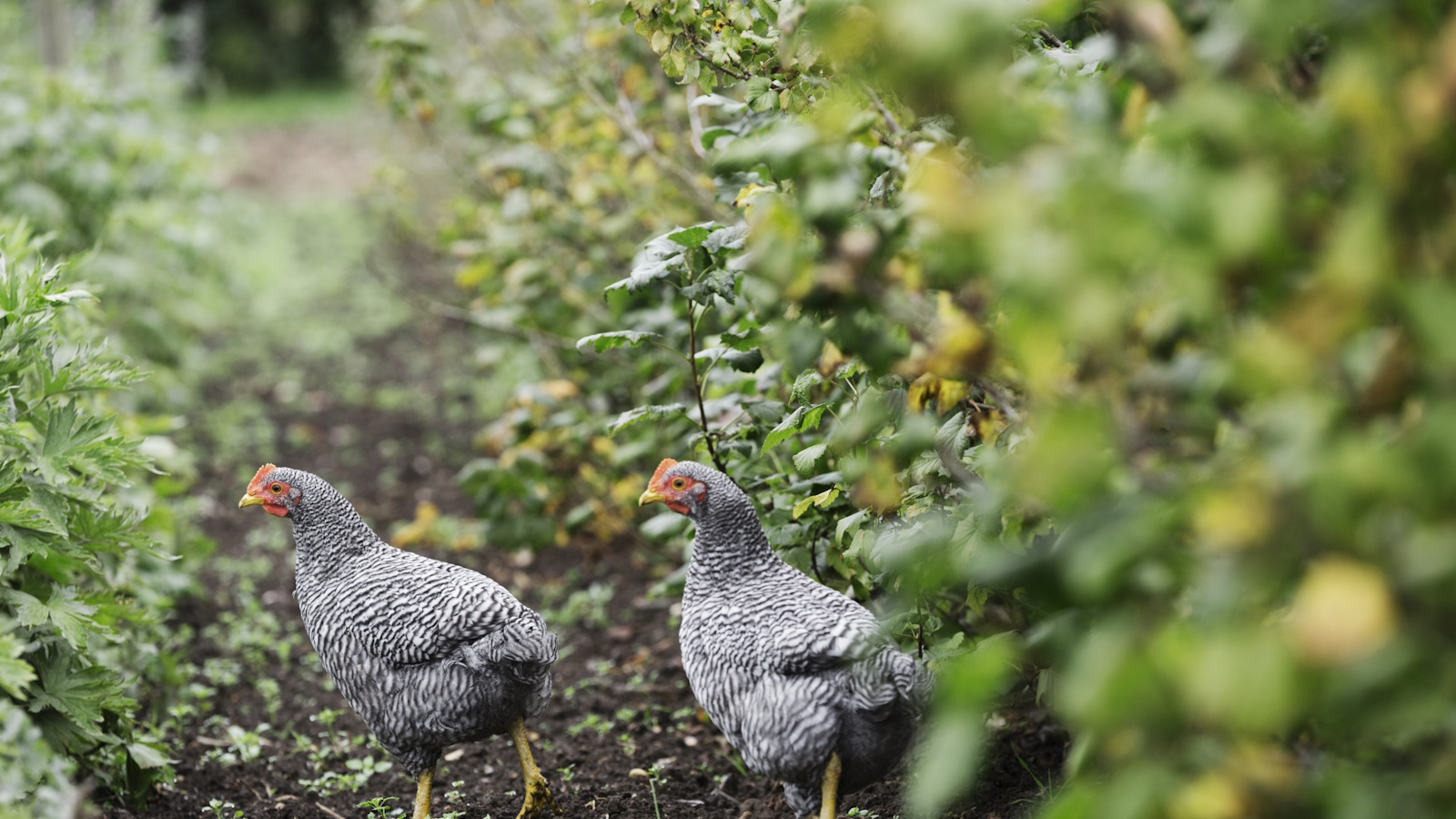 Best plants for a chicken run – 7 fragrant and floral plants for happy hens and beautiful coops
Best plants for a chicken run – 7 fragrant and floral plants for happy hens and beautiful coopsYour chicken run can be every bit as beautiful as your own garden, so long as you do your research first
By Kayleigh Dray
-
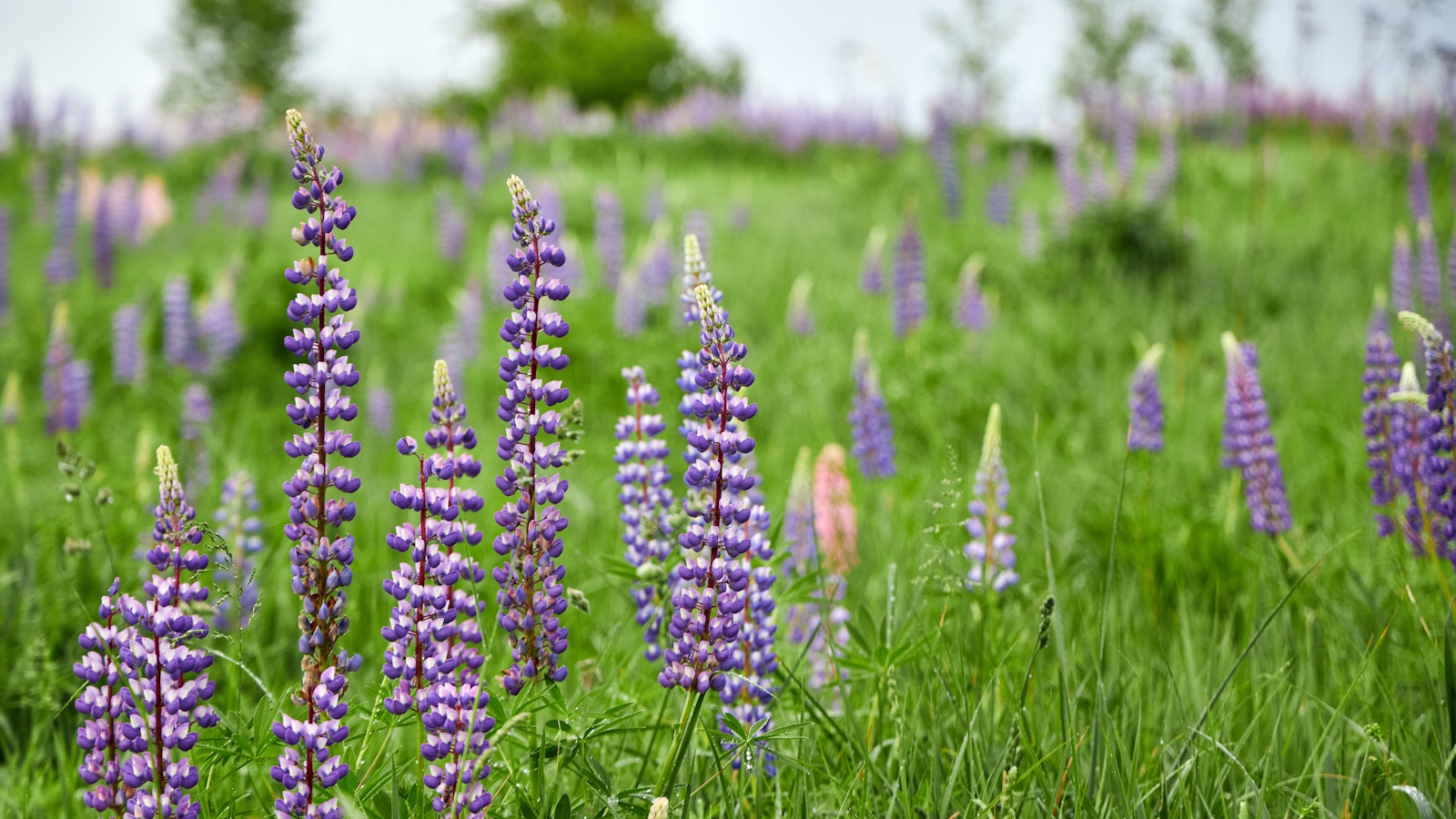 How to grow lupine – expert advice on growing this dramatic and vibrant cottage garden flower
How to grow lupine – expert advice on growing this dramatic and vibrant cottage garden flowerVibrantly colored flower stalks make swathes of lupines a sight to see in meadows and cut flower gardens alike
By Ellen Wells
-
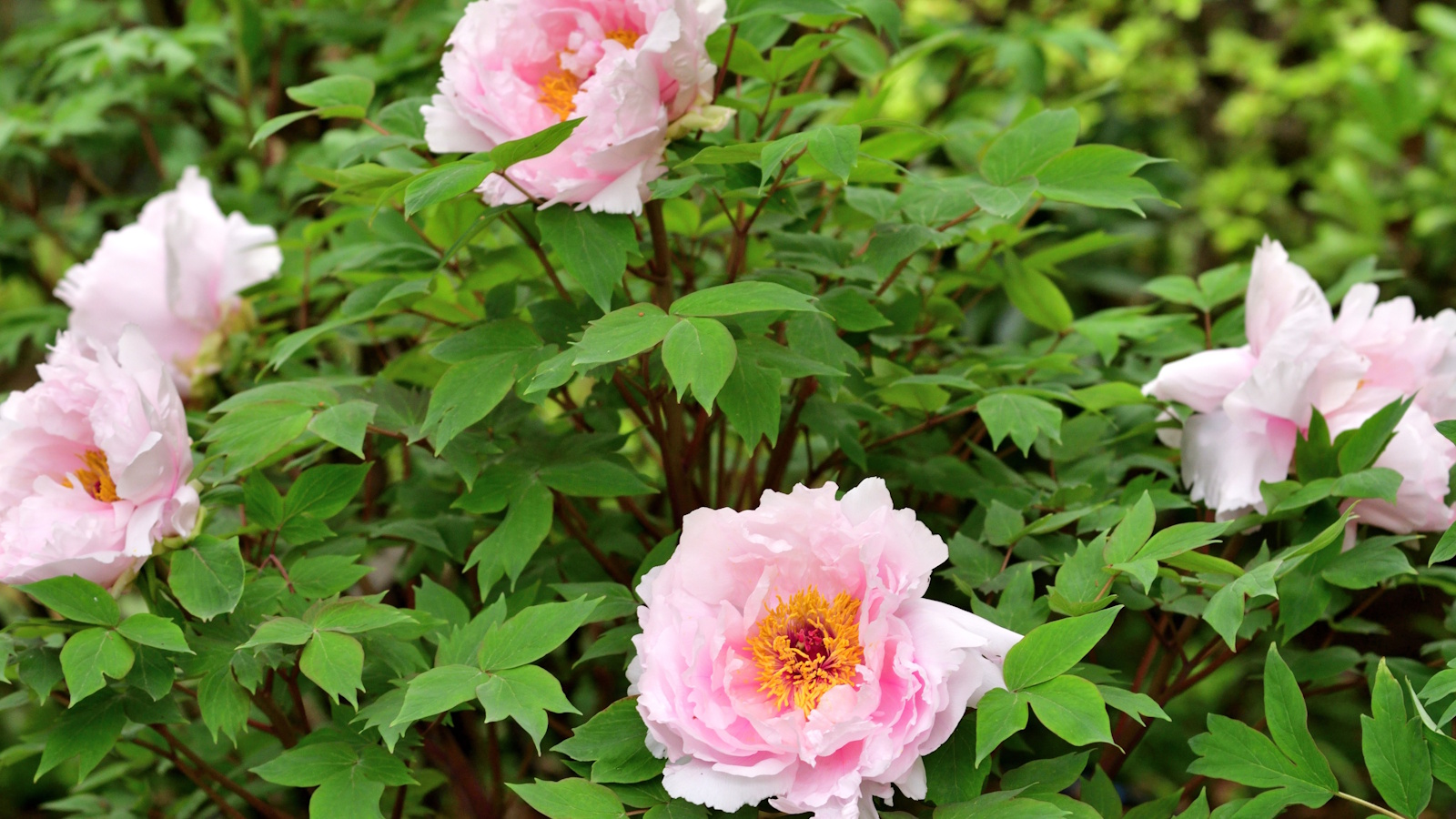 How to grow tree peonies in pots – for a show-stopping shrub that will thrive in partially shaded yards
How to grow tree peonies in pots – for a show-stopping shrub that will thrive in partially shaded yardsWith large, saucer-like blooms, tree peonies are the ultimate flowering shrub
By Thomas Rutter
-
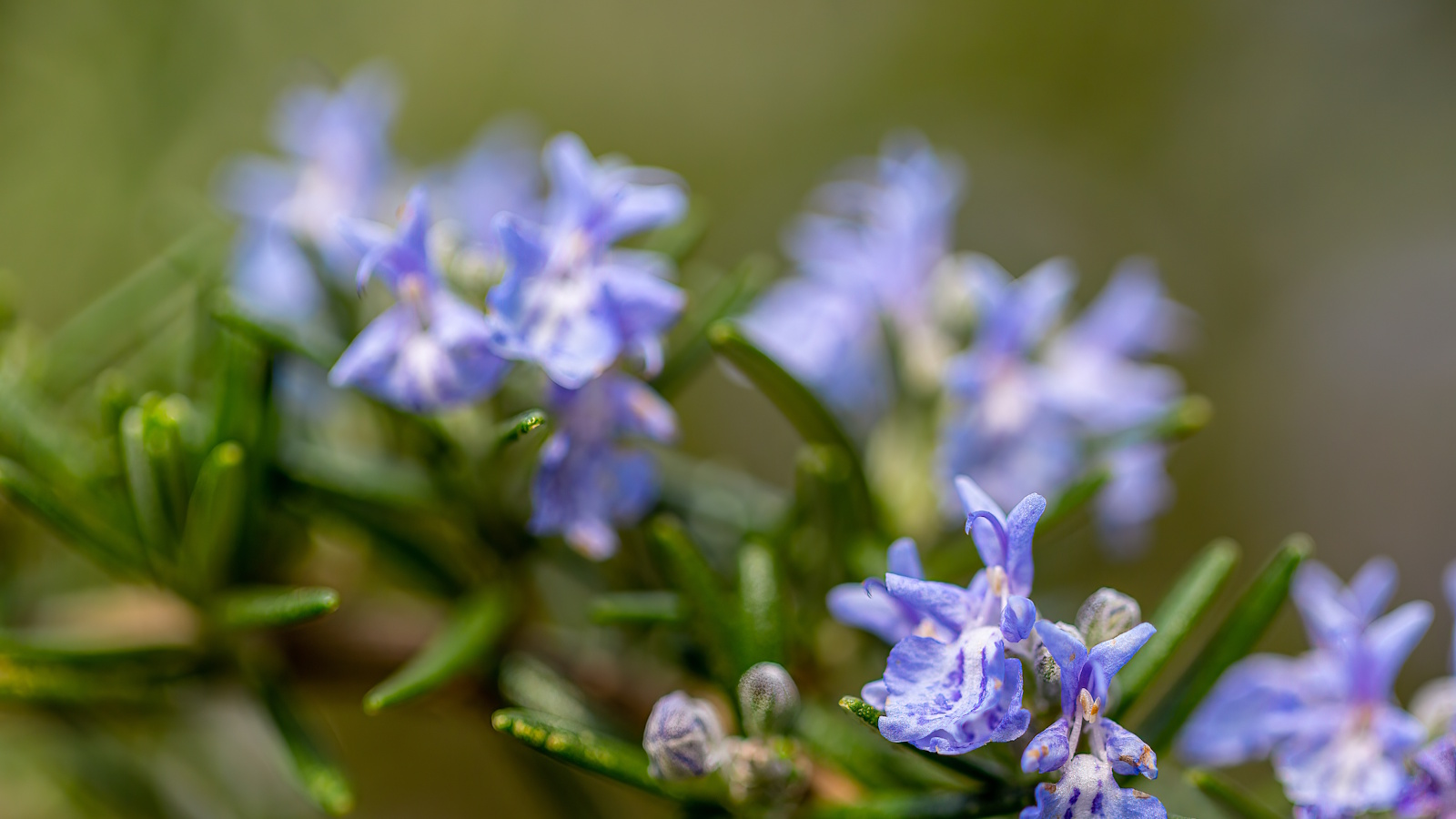 Can you revive woody rosemary plants? Expert pruning advice from a professional gardener to save old, leggy herbs
Can you revive woody rosemary plants? Expert pruning advice from a professional gardener to save old, leggy herbsWith the right pruning approach, old and woody rosemary plants can be brought back to life
By Thomas Rutter
-
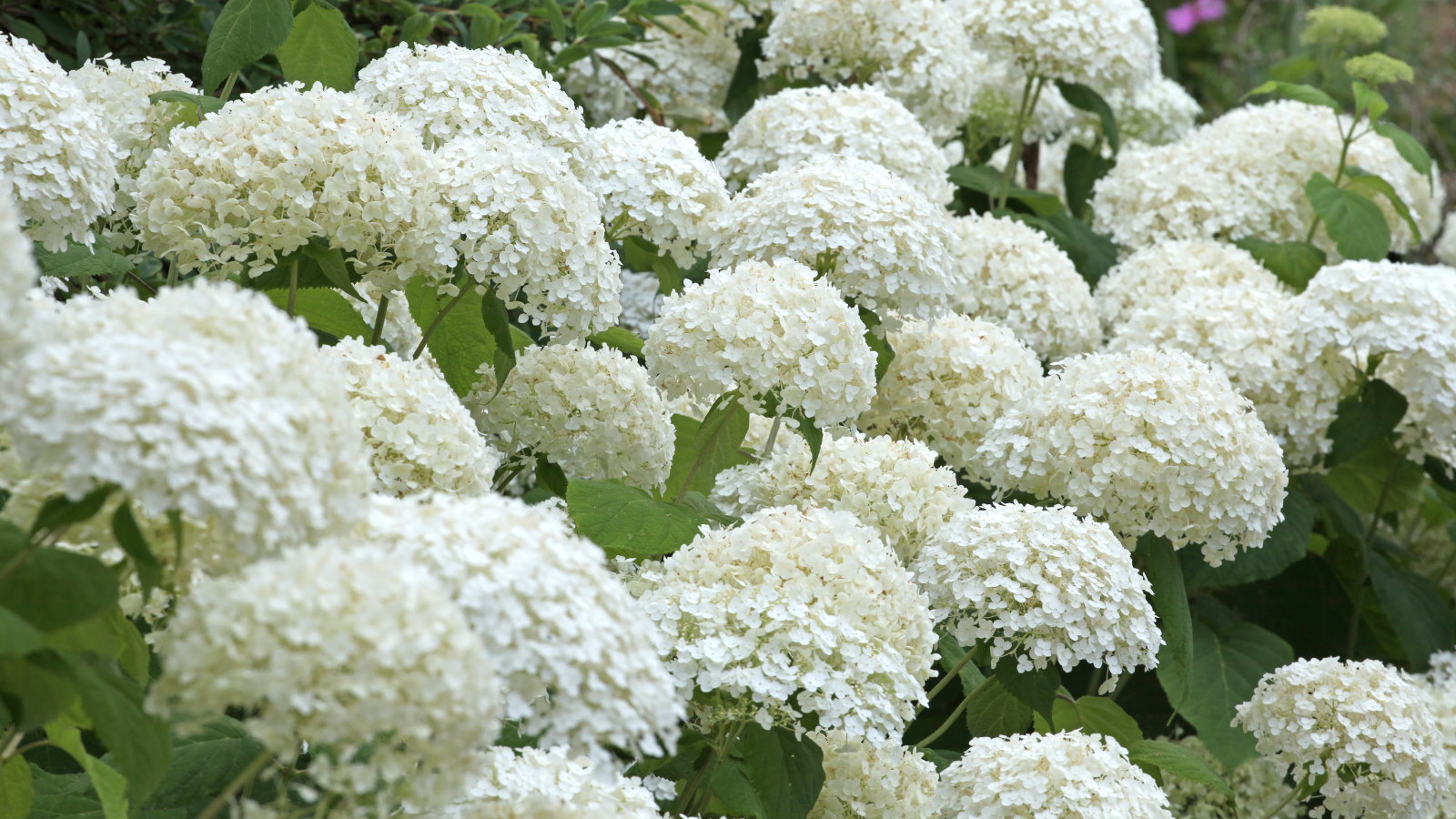 Your hydrangeas will flourish with bigger blooms and healthier growth thanks to this 1 natural material that is easy to use
Your hydrangeas will flourish with bigger blooms and healthier growth thanks to this 1 natural material that is easy to useDiscover why you should be using leaf mold to mulch hydrangeas
By Drew Swainston
-
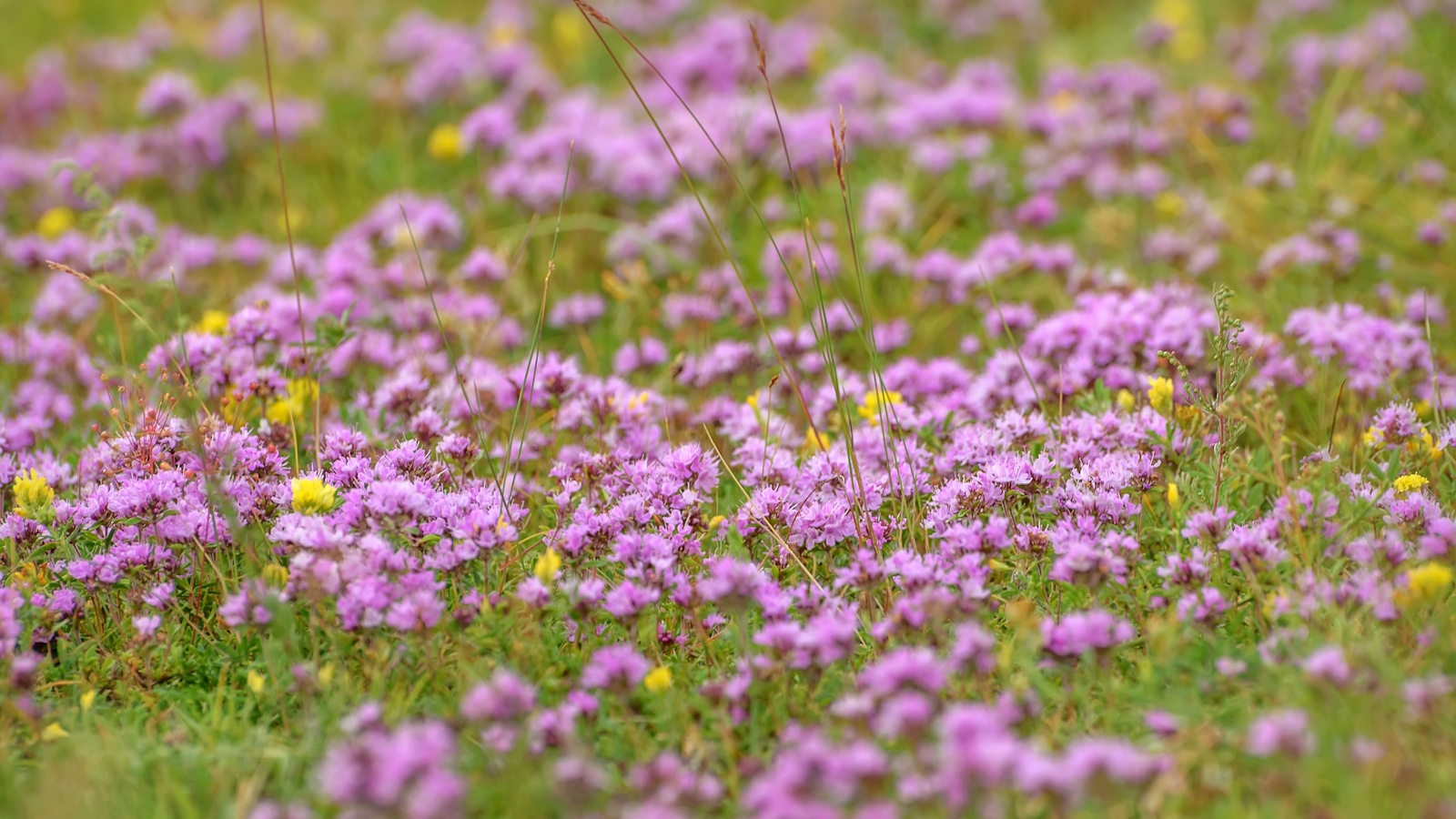 5 fast-growing tiny flowers – expert recommendations to fill your pots and borders with color in record time
5 fast-growing tiny flowers – expert recommendations to fill your pots and borders with color in record timeThese fast-growing tiny flowers prove that miniature can also be marvelous
By Thomas Rutter

